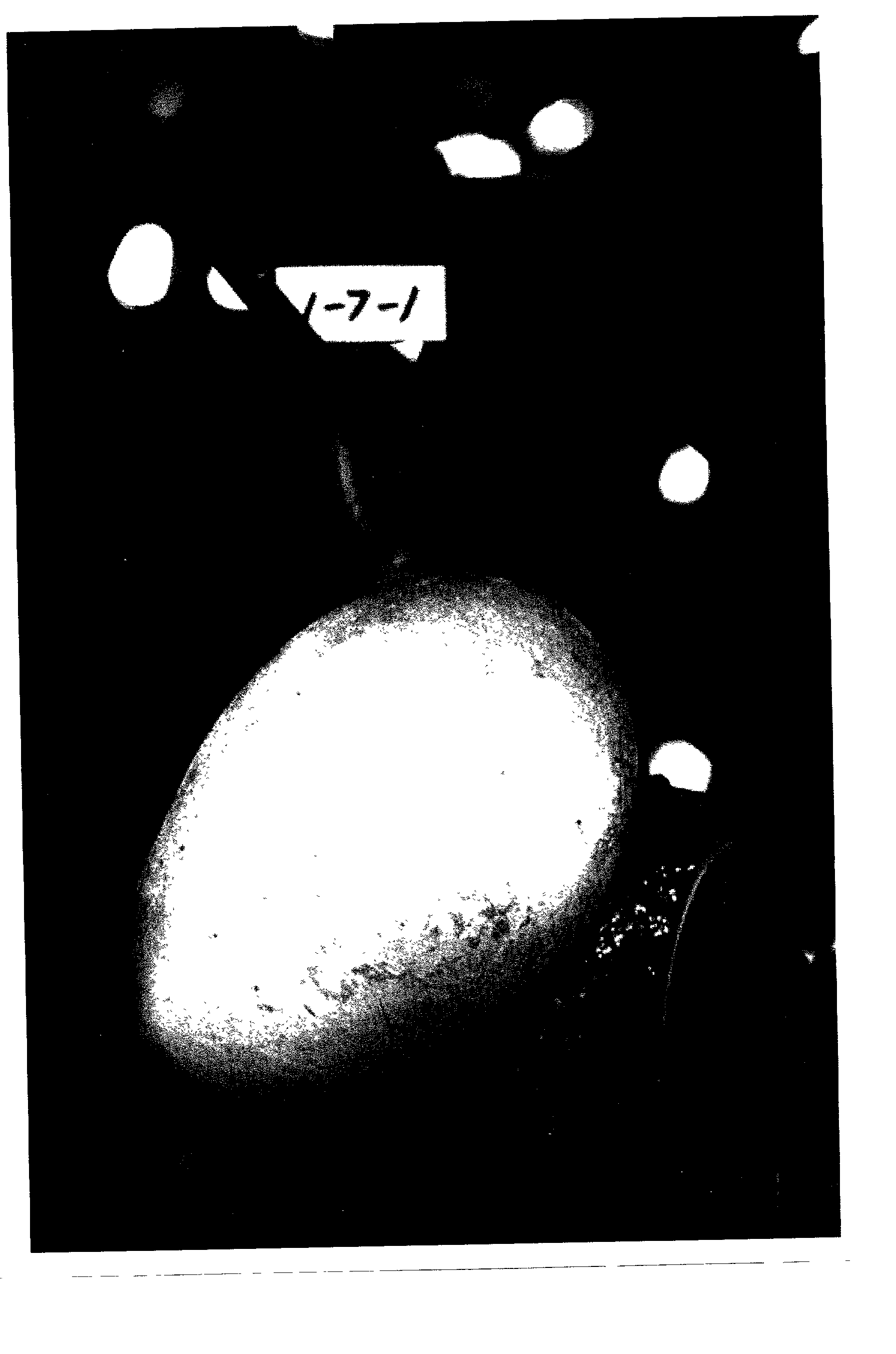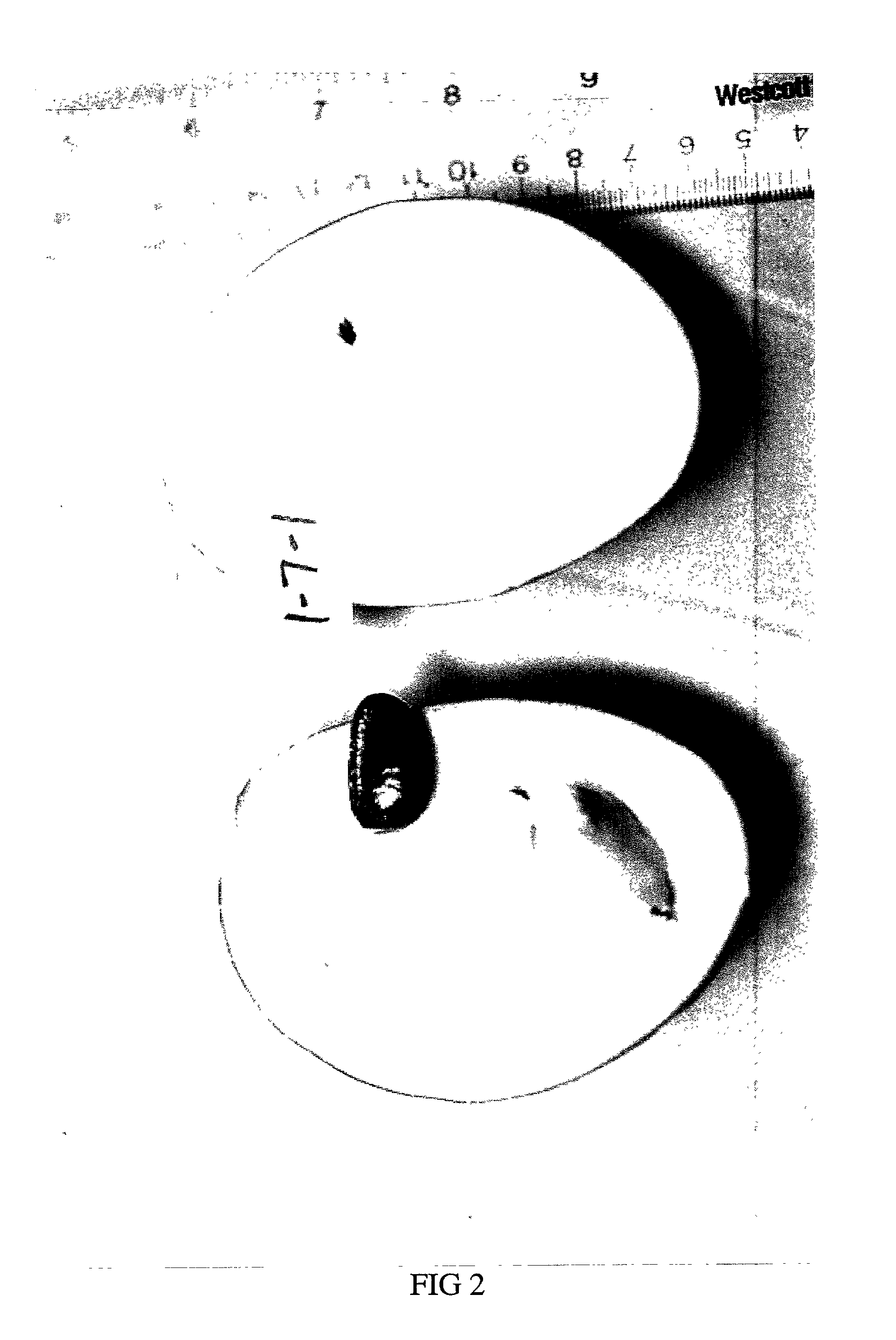Pawpaw tree named 'wansevwan'
a pawpaw tree and pawpaw technology, applied in the field of pawpaw trees, can solve the problems of not showing reliable color break, many people's objections are noticeably weak, etc., and achieve the effect of stimulating growth and bearing, and minimal pruning
- Summary
- Abstract
- Description
- Claims
- Application Information
AI Technical Summary
Benefits of technology
Problems solved by technology
Method used
Image
Examples
Embodiment Construction
[0024] Tree:
[0025] Size.--Small. 3.5 m on its own roots but will be taller on more vigorous rootstock.
[0026] Vigor.--Medium when grafted to other rootstock. Approximately 50 cm growth on strong primary laterals under standard fertilization of 50 lbs of N per acre.
[0027] Habit.--Rounded with age.
[0028] Branching pattern.--Spreading with time, and more so with pruning. Wide crotch angles and branches widely spaced. On vigorously growing leaders, a ladder-like formation may form, consisting of small horizontal branches (5-10 cm long) that ascend in regular alternating fashion on both sides of the leader.
[0029] Apical dominance.--Medium.
[0030] Leaves:
[0031] Shape.--Oblanceolate with acuminate tip. Typical for pawpaw. Average ratio of width to length is 0.435.
[0032] Size.--Measurements are from mature leaves attached at midpoint of actively growing shoots of current season's growth. Average size is 11.1 cm wide, 25.5 cm long.+
[0033] Color.--Varies between R.H.S. Green 139 A and Yellow-Gr...
PUM
 Login to View More
Login to View More Abstract
Description
Claims
Application Information
 Login to View More
Login to View More - R&D
- Intellectual Property
- Life Sciences
- Materials
- Tech Scout
- Unparalleled Data Quality
- Higher Quality Content
- 60% Fewer Hallucinations
Browse by: Latest US Patents, China's latest patents, Technical Efficacy Thesaurus, Application Domain, Technology Topic, Popular Technical Reports.
© 2025 PatSnap. All rights reserved.Legal|Privacy policy|Modern Slavery Act Transparency Statement|Sitemap|About US| Contact US: help@patsnap.com



